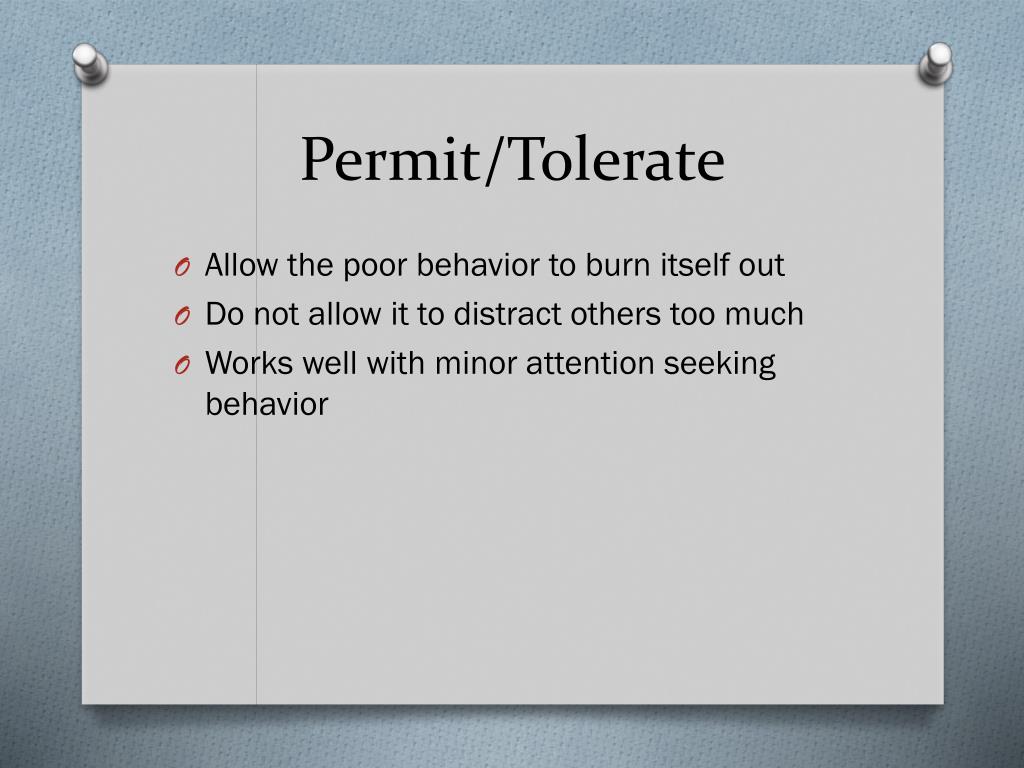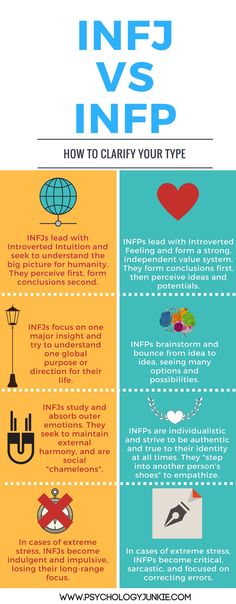Dealing with attention seeking behavior
How can you prevent or replace attention-seeking behavior?
If you did an impromptu survey of one hundred classroom teachers, likely all of them would report facing attention-seeking behaviors in the classroom at some point in their career. Many of those teachers would report feeling confused or frustrated about how to stop attention-seeking behavior and prevent it from starting in the first place. Whether it’s distracting other classmates or repeatedly using problem behavior to divert your focus, attention-seeking behaviors present a problem for even the most well-managed classrooms.
Before teachers begin to address attention-seeking problem behaviors in the classroom, it’s essential to understand what factors contribute to attention-seeking behavior and the science behind how to address it.
What is attention-seeking behavior?To clarify, attention-seeking behavior in the classroom is any behavior a student engages in—whether it’s positive or negative—that results in an adult or student providing some form of social acknowledgment to the child. Attention-seeking behaviors are social, meaning they only happen in the context of other people.
Attention-seeking problem behaviors in the classroom can come in all forms—including out of seat behavior, blurting out, making noises, bullying or teasing peers, excessive hand-raising, or merely talking when it’s not an appropriate time.
In short, attention-seeking problem behaviors share these qualities:
- Maintained by social attention from others – When students engage in attention-seeking behavior, they receive what they were looking for—a response from others.
- May start as mild and easily redirected behavior, but can quickly become a problem.
- Often does not respond when addressed with a reprimand. Even negative attention in the form of a redirection or reprimand to a student may still be providing notice to the problem behavior.
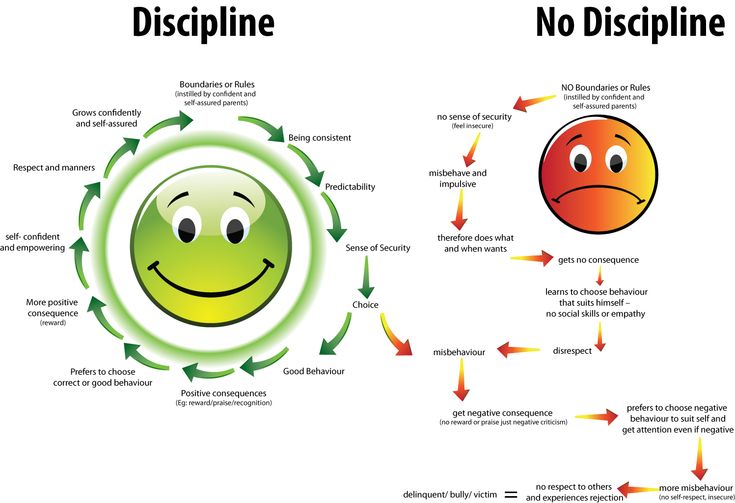 Often students who are seeking attention will accept any attention, even if it’s in the form of an attempt to discipline the student.
Often students who are seeking attention will accept any attention, even if it’s in the form of an attempt to discipline the student.
When it comes to decreasing and preventing attention-seeking behaviors in the classroom, it’s essential to understand the function, or “Why?” a student’s behavior is happening in the first place. The most straightforward answer is to get attention.
But underneath that answer, Applied Behavior Analysis helps us understand that other factors may contribute to attention-seeking problem behaviors. Many students, especially those with higher needs, may not have the best tools and strategies to engage socially. Some students may lack opportunities for appropriate adult or peer interaction outside of the classroom and use inappropriate opportunities to see attention. Depending on the student’s needs, you’ll likely need to develop an individualized strategy of proactive and reactive strategies that work to decrease the problem behavior.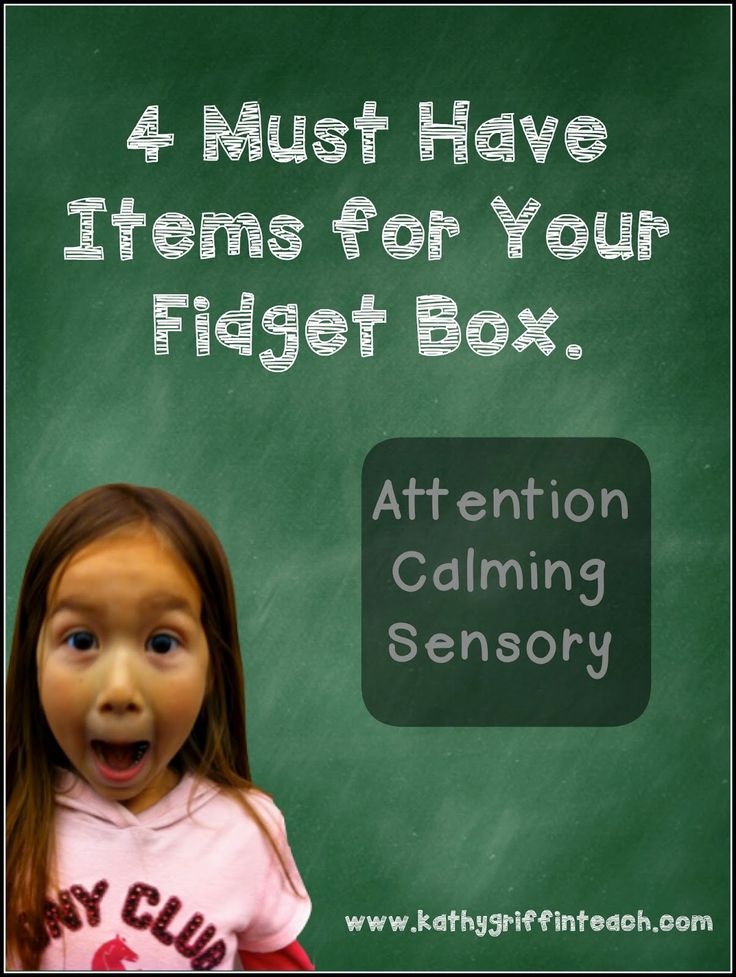
The suggestions below may help in brainstorming tools for students.
Before You BeginIt’s worth noting that before beginning any interventions to reduce problem behavior, carry out two steps. First, specifically, define the attention-seeking behavior that you intend to address. Too often, teachers talk about problem behaviors using wishy-washy or emotional terms rather than concrete, observable definitions. Instead of saying, “The student is noisy and blurts out during circle time.” Define the behavior as “Attention-seeking behavior occurs in circle time, any opportunity when the student speaks to an adult or peer without first requesting permission by hand-raising or being directed to share with another by the teacher.” This definition not only contains a more precise, more objective description of the behavior, but it also includes what actions the student should be doing instead.
Secondly, you’ll want to collect some data. Finding out when the problem behavior occurs most often and how many times the problem behavior occurs (i. e., per minute, per day, per week) can help you better understand when you do intervene—if that intervention was successful. Collecting data can also help you discover patterns that might help you create an intervention plan. Perhaps problem behavior happens consistently during one daily activity or if individual peers are nearby. Having data available on these factors better informs the intervention you choose, and if that intervention decreases the problem behavior.
e., per minute, per day, per week) can help you better understand when you do intervene—if that intervention was successful. Collecting data can also help you discover patterns that might help you create an intervention plan. Perhaps problem behavior happens consistently during one daily activity or if individual peers are nearby. Having data available on these factors better informs the intervention you choose, and if that intervention decreases the problem behavior.
Once you’ve collected data on a student’s attention-seeking behaviors in the classroom, you’ll want to develop some ideas on what the student should be doing instead. Focus on the question: What are the replacement behaviors or things this student could be doing instead of attention-seeking? Then focus proactive strategies on teaching and rewarding those replacements. Some examples might include:
- Provide attention on a time-based schedule.
 Once you collect data, you may discover that a student engages in attention-seeking problem behavior on average every 15 minutes throughout the day. One strategy is to provide social attention to that student before problem behavior occurs—perhaps every 12-14 minutes. By checking in with that student and giving praise for good behavior, you’re may avoid problem behaviors from happening in the first place. Over time as the student builds success, slowly increase the time. If that seems like too many resources dedicated to one student, remember when the problem behavior occurs, you’re likely spending time away dealing with the response anyway.
Once you collect data, you may discover that a student engages in attention-seeking problem behavior on average every 15 minutes throughout the day. One strategy is to provide social attention to that student before problem behavior occurs—perhaps every 12-14 minutes. By checking in with that student and giving praise for good behavior, you’re may avoid problem behaviors from happening in the first place. Over time as the student builds success, slowly increase the time. If that seems like too many resources dedicated to one student, remember when the problem behavior occurs, you’re likely spending time away dealing with the response anyway. - Set clear expectations for all students about attention-seeking. For example, don’t allow some students to blurt out and others. Don’t permit blurting in some activities but not others. For some students, inconsistent expectations create confusion.
- Practice and reward how to appropriately ask for attention.
 Don’t assume that all students have mastered hand-raising and other social cues for recognition. Practice these skills and provide praise when the student uses them.
Don’t assume that all students have mastered hand-raising and other social cues for recognition. Practice these skills and provide praise when the student uses them. - Teach and reward appropriate waiting. Sometimes the student has the tools to initiate, but not the skills to wait appropriately for attention. Practice waiting for longer durations and provide praise when the student waits for your attention.
- Teach the student how to initiate to a friend without disruption. Some students lack the skills to know what to say to a peer and instead rely on inappropriate interactions to gain attention. Try out a social skills curriculum in your classroom to help students better engage without disruption.
- Use a behavioral contract or “if…then…” statements to indicate when it’s okay to gain attention. Sometimes a simple behavioral contract like “if you complete your seat work quietly, then you can have five minutes of free time with a friend” can be a powerful motivator for students to decrease attention-seeking behaviors.

- Use visuals schedules to indicate when attention can be delivered. Many students with additional needs respond well to visual cues. By indicating when it’s an appropriate time to gain an adult or peer’s attention, you set more apparent and easy to follow expectations.
The above strategies are helpful to reduce or avoid attention-seeking behavior in the classroom, but what are strategies once the problem behavior occurs? The key to addressing attention-seeking behaviors is simple—avoid giving attention. Depending on the severity of the disruption and the student, this might not always be possible. Some examples of reactive strategies include:
- Ignore attention-seeking behaviors. Providing the least amount of attention possible avoids feeding into or maintaining the problem behavior.
- Have an alternative consequence, but be consistent. If it’s not possible to ignore the behavior altogether, have a set of consequences (redirection, consequence removal, take a break, etc.
 ) that happen each time predictably. That way, a student understands that despite their behavior, they’ll receive the same consistent attention and nothing more or less.
) that happen each time predictably. That way, a student understands that despite their behavior, they’ll receive the same consistent attention and nothing more or less. - Give positive attention to someone else. Sometimes, merely drawing positive attention to another student’s appropriate behavior can help remind the student of the appropriate expectations. “Did you see how Student A lined up at the door quietly? Let’s give her a high-five for doing a good job!” can help motivate students to get back on track.
- Remember, giving a reprimand is still giving attention. Finally, as mentioned above, negative attention still serves as attention for many students. Rely more on proactive strategies than reactive ones when trying to address attention-seeking behavior in the classroom.
Bachelor of Arts (B.A.), Psychology | University of Minnesota
February 2020
More Articles of Interest:
-
- How Does Research Support Applied Behavior Analysis?
- Is EFT Tapping Effective with Those with Autism?
- What are the characteristics of a teacher using ABA?
- What is a Bio-medical Approach to Autism?
How to Recognize & Deal With Attention Seeking Behavior
Skip to contentPublished: December 16, 2021 Updated: September 28, 2022
Published: 12/16/2021 Updated: 09/28/2022
Written by:
Silvi Saxena
MBA, MSW, LSW, CCTP, OSW-C
Written by:
Silvi Saxena
MBA, MSW, LSW, CCTP, OSW-C
Attention-seeking behaviors are attempts to become the center of attention. The motivation behind this behavior is usually ego-driven, where the attention serves as validation of some kind.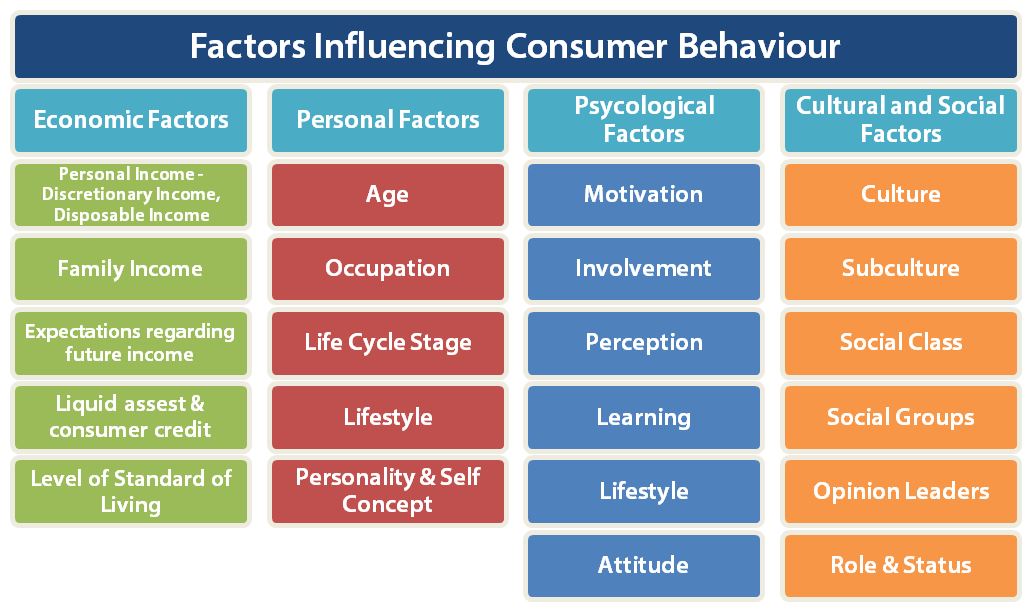 While everyone has the occasional need for attention, going out of your way to employ these attention seeking behaviors to gain recognition from others is an issue, and can be indicative of deeper problems.
While everyone has the occasional need for attention, going out of your way to employ these attention seeking behaviors to gain recognition from others is an issue, and can be indicative of deeper problems.
Is your atttention seeking behavior backfiring? Learn to attract positive attention in therapy. BetterHelp has over 20,000 licensed therapists who provide convenient and affordable online therapy. BetterHelp starts at $60 per week. Complete a brief questionnaire and get matched with the right therapist for you.
Choosing Therapy partners with leading mental health companies and is compensated for referrals by BetterHelp
Visit BetterHelp
What Is Attention Seeking Behavior?
Attention seeking behavior is typically extreme and dramatic, and the methods usually are very unhealthy and can be indicative of other mental health issues. Long term, attention seeking behaviors can ruin friendships and relationships because others may start to feel manipulated, even if the person seeking attention isn’t aware they are acting this way. 1
1
There is a line between attention seeking behavior and craving a normal amount of attention. Attention makes us feel understood, loved, and even acknowledged for what is being validated by the attention. Attention seeking behaviors, however, put others in uncomfortable situations because they may feel obligated to give attention as opposed to wanting to give genuine attention without being provoked to do so.
Attention Seeking Behavior In Adults
Attention seeking behavior in adults looks different than typical, healthy need for connection. It can look like:2
- Causing a panic in a meeting or even at the grocery store
- Seeking out conflict in a group
- Posting luxurious vacation photos on social media to see how many “likes” they can get
- Posting a fancy outfit with the goal of getting others to compliment them
Attention Seeking Behavior In Children
Attention seeking behavior in children can be easily misconstrued.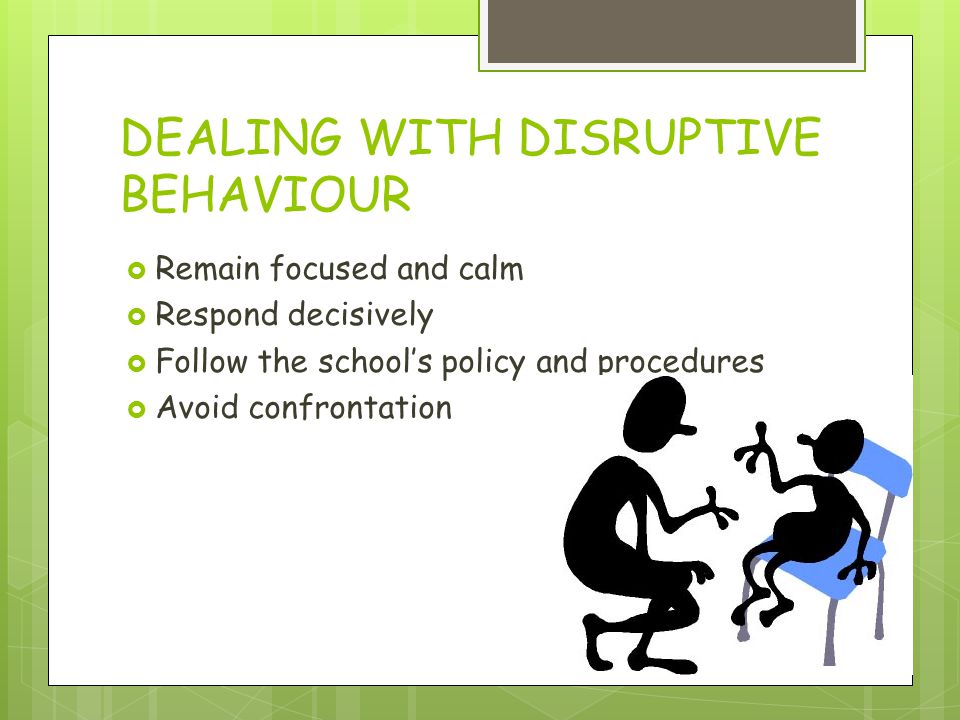 A child who is seeking attention may ask for help doing something they are capable of doing and have demonstrated before. Or, a child who keeps interrupting their parent who is on the phone while knowing they are on the phone. It’s possible to work to resolve these behaviors in children and ensure they can learn better ways to cope, and by giving children structure with expectations of when the children will have their parent’s undivided attention.3
A child who is seeking attention may ask for help doing something they are capable of doing and have demonstrated before. Or, a child who keeps interrupting their parent who is on the phone while knowing they are on the phone. It’s possible to work to resolve these behaviors in children and ensure they can learn better ways to cope, and by giving children structure with expectations of when the children will have their parent’s undivided attention.3
Examples of Attention Seeking Behavior
Vying for attention can take on many forms. Some people may be looking for positive attention wherever they can get it, whereas others may enjoy stirring up conflict to get the attention back on themselves.
Here are nine examples of attention seeking behavior:
- Fishing for compliments: An individual looking for praise instead of being organically complimented is a red flag that the individual is attention seeking.
- Exaggerating a story: Embellishing a story and over-dramatizing what actually happened is also a sign.

- Purposefully being argumentative to cause a scene: This is classic attention seeking behavior because a big scene will place the individual in the center of the group.
- Seeking sympathy: Getting sympathy from others isn’t always a negative thing. When we lose a loved one, we often get sympathy from others. For attention seekers, sympathy seeking involves purposefully doing certain things or embellishing stories to be portrayed as a victim. Attention seekers also seek sympathy by complaining often for things large and small, hoping one of these things will provoke sympathy in others.
- Pretending to not know how to do something so someone will help: People may pretend to have more needs than they actually have because they want someone around to just give them undivided attention.
- Pretending to be able to do something no one else can: Some may want people to look at what they can do and praise them.
- Obsessively taking photos for the sole purpose to post on social media: Posting for the purpose for others to view and praise is a red flag of attention seeking behavior if someone has gone out of their way drastically to capture the photo, and if this is done often.
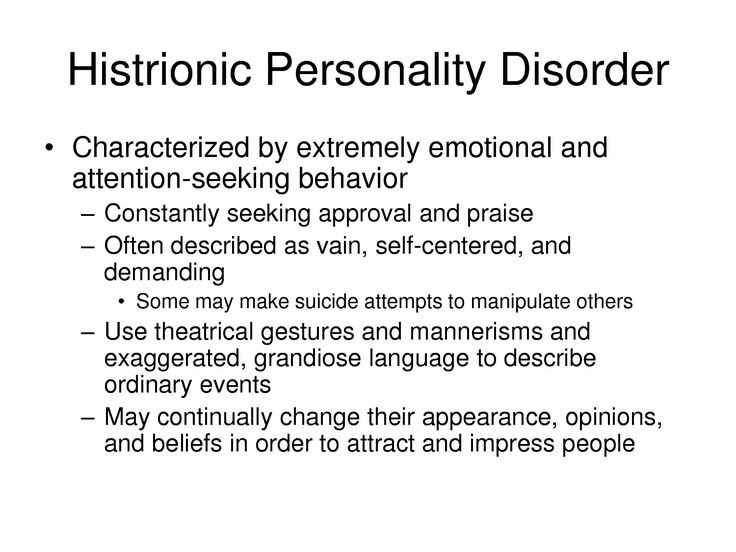
- Constantly taking over the conversation: Diverting a story to talk about oneself is a clear sign of attention seeking behavior.
- Being opportunistic at someone else’s expense or circumstance: Similar to seeking sympathy or taking over a conversation, being opportunistic diverts attention to you for something that is unrelated to you so the focus can stay on you.
Causes of Attention Seeking Behavior
There are many reasons why people act out and seek attention. These behaviors are usually a symptom of something else or a need that is not being met. Attention seekers usually have general fears around their relationships or insecurities including feelings of jealousy.
Potential causes of attention seeking behavior in adults include:4
- Low self-esteem
- Histrionic personality disorder
- Narcissistic personality disorder
- Borderline personality disorder
- Loneliness
- Anxiety
- Jealousy
- Fixation on drama
- Unresolved trauma
- ADHD
- Bipolar disorder
BetterHelp has over 20,000 licensed therapists who provide convenient and affordable online therapy. BetterHelp starts at $60 per week. Complete a brief questionnaire and get matched with the right therapist for you.
BetterHelp starts at $60 per week. Complete a brief questionnaire and get matched with the right therapist for you.
Choosing Therapy partners with leading mental health companies and is compensated for referrals by BetterHelp
Visit BetterHelp
How to Stop Someone’s Attention Seeking Behavior
It can be difficult to know how to navigate a situation where someone is hogging all the attention. Depending on the context and how well you know the person, it’s helpful to clearly communicate boundaries and make sure you’re also giving the person undivided attention when it’s appropriate to do so—especially if it’s a child who appears to be acting out.
Here are seven strategies on how to stop attention seeking behavior:
- Reframe attention seeking to connection seeking: Remembering most people are looking for comfort and security can help you feel less annoyed by the behavior and feel more compassion for the individual acting out.

- Don’t give them positive reinforcement: When someone is acting out, don’t give in and reinforce that behavior.
- Encourage them to seek therapy: Help them understand that therapy can help address the underlying issues contributing to this behavior.
- Give honest communication without shame or judgement: Be loving in sharing how the attention seeking behavior is impacting you and your relationship.
- Teach them how to calm their mind: Help them understand what is going on by inviting them to yoga with you or sharing in a guided meditation.
- Set expectations and boundaries: Be clear and firm about your boundaries and expectations of your time and availability.
- Set time for undivided attention: Make sure you have enough time for undivided attention so attention seeking behavior doesn’t feel justified.
Whether you’re unsure of how to help someone else or you struggle with needing attention yourself, a therapist will have a new perspective for how to navigate this issue.
For Someone Wanting to Limit Their Attention Seeking Behaviors
Seeking professional help may be a great way to start your process of healing from these behaviors, especially if there is an underlying issue like a personality disorder, anxiety, depression, or unresolved trauma. Signs that you may want to speak with a therapist or counselor include general insecurities being exacerbated, anxiety, depression, anger, rage and jealousy.
For Someone Dealing With a Loved One
Talking to a therapist is a great way to cope if you are dealing with a loved one who often exhibits attention seeking behavior. Working to understand where these may come from and how to respond can be helpful to ensuring the relationship doesn’t deteriorate. Couples therapy or family therapy may also be helpful so that everyone is on the same page. A therapist can help to make sense of where these behaviors come from and how to change them. You can search an online online therapist directory to find a therapist who can assist you with these attention seeking behaviors.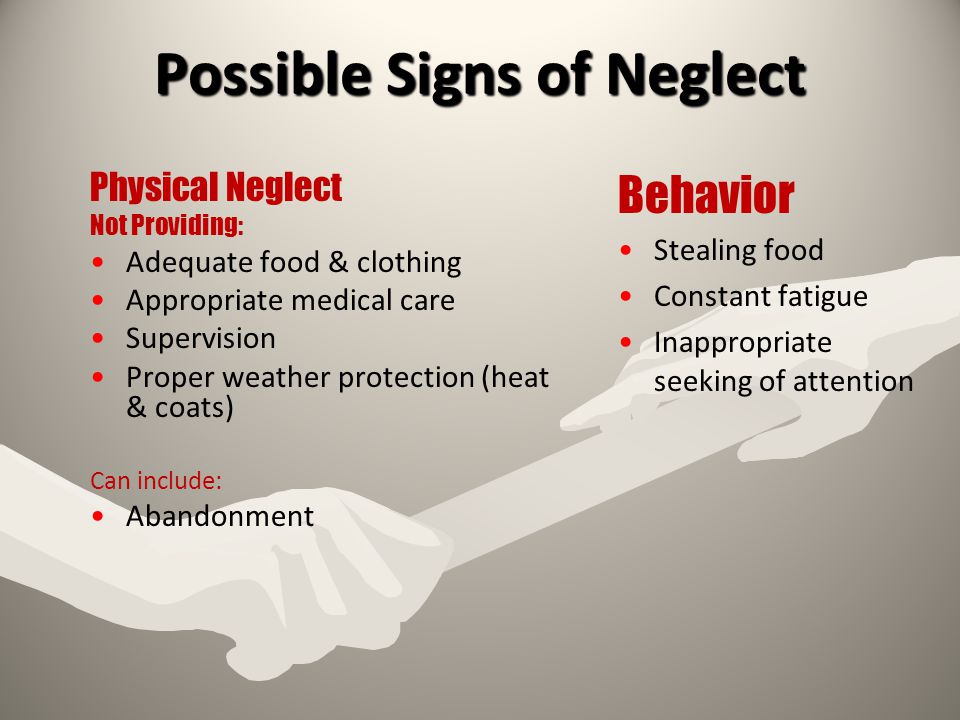
Final Thoughts
Needing attention from time to time is typical for everyone, but going out of your way to get that attention and placing your loved ones, friends, or coworkers in uncomfortable situations for your own benefit is a red flag. Attention seeking behavior can be a sign of a more serious disorder, so keep that in mind the next time you experience or witness these behaviors.
Additional Resources
Education is just the first step on our path to improved mental health and emotional wellness. To help our readers take the next step in their journey, Choosing Therapy has partnered with leaders in mental health and wellness. Choosing Therapy may be compensated for referrals by the companies mentioned below.
BetterHelp (Online Therapy) – Build your self-esteem with the help of a therapist. BetterHelp has over 20,000 licensed therapists who provide convenient and affordable online therapy. BetterHelp starts at $60 per week. Complete a brief questionnaire and get matched with the right therapist for you. Get Started
BetterHelp starts at $60 per week. Complete a brief questionnaire and get matched with the right therapist for you. Get Started
Online-Therapy.com (Yoga Classes & Therapy) – Engage in activities that make you feel good about yourself! The Online-Therapy.com standard plan includes a weekly 45 minute video session, unlimited text messaging between sessions, and self-guided activities like journaling. Recently, they added instructional Yoga videos. Get Started
Headspace (Meditation App) – Mindfulness and meditation can change your life. In a few minutes a day with Headspace, you can start developing mindfulness and meditation skills. Free Trial
Choosing Therapy’s Directory – Find an experienced therapist who can help you work towards your ideal self. You can search for a therapist by specialty, availability, insurance, and affordability. Therapist profiles and introductory videos provide insight into the therapist’s personality so you find the right fit. Find a therapist today.
Find a therapist today.
Choosing Therapy partners with leading mental health companies and is compensated for referrals by BetterHelp, Online-Therapy.com, and Headspace
4 sources
Choosing Therapy strives to provide our readers with mental health content that is accurate and actionable. We have high standards for what can be cited within our articles. Acceptable sources include government agencies, universities and colleges, scholarly journals, industry and professional associations, and other high-integrity sources of mental health journalism. Learn more by reviewing our full editorial policy.
-
Hao, L., Liu, D., Yin, J., Lin, B., Zhang, X., & Jiang, Q. (2021). Peer phubbing and selfie liking: The roles of attention seeking and gender. Social Behavior and Personality: an international journal, 49(7), 1-13.
-
Edwards, F. (2017). An investigation of attention-seeking behavior through social media post framing.
 Athens Journal of Mass Media and Communications, 3(1), 25-44.
Athens Journal of Mass Media and Communications, 3(1), 25-44. -
Watanabe, T. (2020). Attention-seeking Behavior Acquisition from Others Speech in Children with Autism Spectrum Disorders. The Rissho International Journal of Academic Research in Culture and Society, 3, 153-168.
-
Gobes, C. (2017). Social Media and Self-Presentation: Trait Self-Control Predicts Image-Enhancement and Attention-Seeking on Facebook.
Written by:
Silvi Saxena
MBA, MSW, LSW, CCTP, OSW-C
If you are in need of immediate medical help:
Medical
Emergency
911
Suicide Hotline
800-273-8255
What to do with problem behavior in order to attract attention?
09.12.15
A teacher of children with autism on how to correct unwanted behavior with which the child is trying to get someone else's attention
Unwanted attention seeking behavior is the most annoying, at least to me. Whining, fighting, cursing, yelling can all be attention-getting behaviors. When we talk about attention, we should not think only about good attention. This is not only praise, but also shouts, remarks, laughter of peers and so on. There are several strategies and methods by which these behaviors can be reduced.
Whining, fighting, cursing, yelling can all be attention-getting behaviors. When we talk about attention, we should not think only about good attention. This is not only praise, but also shouts, remarks, laughter of peers and so on. There are several strategies and methods by which these behaviors can be reduced.
Learning more appropriate ways to get attention
Very often the reason for this behavior is that the child does not have the correct and appropriate way to ask for attention.
If the child does not speak, teach him to ask for attention using a special card or object. Act out the request for attention in roles or a written script.
Children with autism may seek specific forms of attention. I know one toddler who is very important to walk next to an adult, and another who likes to sit next to certain people.
Sometimes a child needs attention in the form of help. In this case, it is useful to create a visual symbol for this request. You can use the social story to teach the script about the right way to ask for help.
Perhaps the child knows how to ask for attention correctly, but in this case he is less likely to be successful, and the problematic method allows you to achieve the same faster and easier.
Why do many students yell instead of raising their hand? Because if you raise your hand, then they may not call you yet, but if you yell, you will rather get attention. Unwanted behavior may be more successful than desired behavior.
The appropriate way to get attention can be difficult for some students. Many children with autism have problems with language and social skills. Getting attention by asking a question can be just too hard for them.
So if the child doesn't know an appropriate alternative behavior (a behavior that will definitely get him attention), then teach him that behavior. If the child already has such a skill, then develop it! Give your child TONS of attention immediately after a pertinent request. Make the right behavior much more effective than the problematic one. Then you can gradually reduce the amount of attention in response to the request. Right now, you must ensure that the appropriate request for attention is the child's first choice.
Then you can gradually reduce the amount of attention in response to the request. Right now, you must ensure that the appropriate request for attention is the child's first choice.
Planned Ignore
As you develop the skill of asking for attention, you can ignore unwanted behavior. This is not always possible. There are behaviors that are too dangerous to ignore (for example, when a child hurts himself), or that is too disturbing to others (a child throws objects during a lesson), or that is impossible to ignore in a classroom full of children.
However, in some cases it is possible to ignore the behavior. If the behavior stops working, for example, the child stops getting attention in response to that behavior, then the behavior will decrease. It may get worse at first, but as you continue to ignore it, it will likely decrease as it becomes useless. If it is impossible to ignore the behavior, then you can simply reduce attention to the child at these moments to a minimum.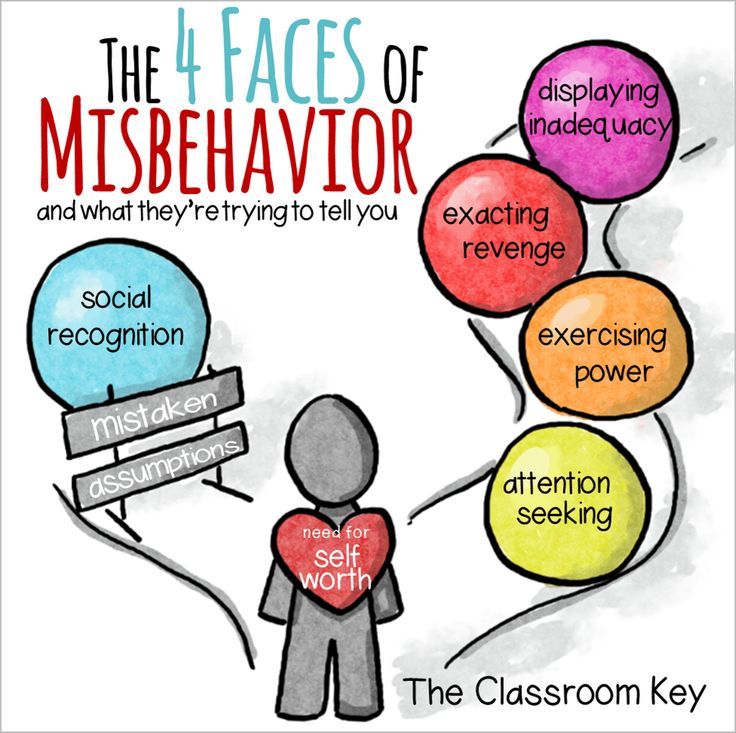
Unconditioned attention
Unconditional attention means that it does not depend on anything. As part of this strategy, attention is provided regularly according to a schedule or when the child does not engage in unwanted behavior. This approach may seem counter-intuitive at first, so let's take a closer look at it.
The idea here is that a person is unlikely to seek attention by their behavior if they are already getting enough attention. It makes no sense to bang your head on the floor to get the attention of an adult if you are already waiting for a stream of attention anyway. Imagine leaving your classroom every hour for coffee in the staff room. Perhaps this behavior interferes with your work (and health…) a bit. Now imagine that the magical coffee fairy began to regularly bring cups of coffee to your class. Will you continue to go to the staff room every now and then? No. The reward schedule negated the need for this behavior.
What does this method look like in practice? In the classroom, the teacher may come to the student's desk every few minutes to see if they need help.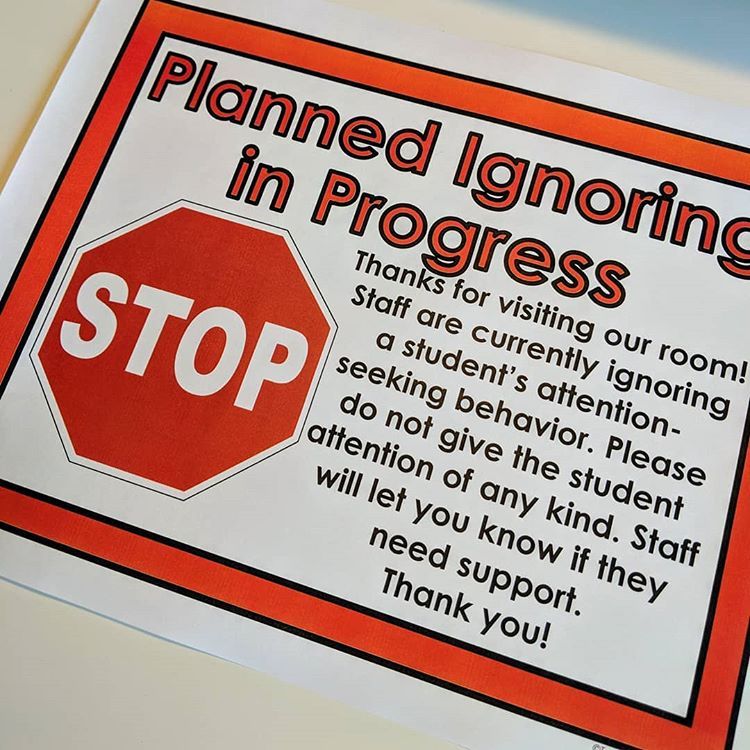 You can also schedule "time with the teacher" when the teacher can fully focus on the student or it can be breaks when he can get the attention of peers. I usually set a timer on my phone for certain intervals, and at each interval I give the student attention.
You can also schedule "time with the teacher" when the teacher can fully focus on the student or it can be breaks when he can get the attention of peers. I usually set a timer on my phone for certain intervals, and at each interval I give the student attention.
How do I work with this method? The key to success here is to choose the right time frame. Collect data about the child's behavior and analyze it. See how often the behavior occurs. Choose an interval that is shorter than the average time between episodes of unwanted behavior. If the coffee fairy comes every two hours, and I'm used to going for coffee every hour, my behavior in using the coffee maker will not go anywhere. So if the behavior happens about every 5 minutes, then you have to provide attention every 4 minutes. And let this attention be sincere. A sluggish "high five" without any enthusiasm is unlikely to satisfy a child's need for attention.
When can this method be applied? This strategy works great for behaviors that cannot be ignored (see above). Or behaviors that occur more frequently under certain conditions.
Or behaviors that occur more frequently under certain conditions.
When can this method be removed? I will not deceive you - this approach is very difficult to work with. But don't let that scare you. If reducing problem behaviors were a simple task, these behaviors simply wouldn't exist. It's worth the time and effort! At first, this method may seem ridiculous and too laborious. Giving a student attention every 3 minutes will drive you crazy. Hold on. Make a schedule, involve other employees. But hold on. It's not forever. Once the method is successful and the problematic behavior is reduced, you can gradually reduce the intensity of the intervention. If your interval was 5 minutes, make the interval 5 minutes 30 seconds. Do this for one or two days, and if successful, move on to 6 minutes. Take your time, don't be tempted to speed up the process. In the end, when you have minimal problematic behavior, it will be worth it.
Time out
"Time out" may be an appropriate punishment for attention seeking behavior because it removes attention. A time-out does not mean that the student is put in a corner or put out in the corridor, he just spends some time without someone else's attention. This period can be very short. If attention is a strong reward, then this intervention will work very quickly. For extreme types of unwanted behavior, some schools have a special time-out room (mine does not have one). However, if you decide to use a timeout, then make sure that the reward through attention is really not there. Time around other people should be just amazing, so it should be important for a child not to miss it. Determine the criteria for interrupting the timeout - when the student calms down, stops crying, and so on. The timeout cannot be interrupted while the unwanted behavior continues.
A time-out does not mean that the student is put in a corner or put out in the corridor, he just spends some time without someone else's attention. This period can be very short. If attention is a strong reward, then this intervention will work very quickly. For extreme types of unwanted behavior, some schools have a special time-out room (mine does not have one). However, if you decide to use a timeout, then make sure that the reward through attention is really not there. Time around other people should be just amazing, so it should be important for a child not to miss it. Determine the criteria for interrupting the timeout - when the student calms down, stops crying, and so on. The timeout cannot be interrupted while the unwanted behavior continues.
Response blocking
Some behaviors are too dangerous to ignore. Behavior that harms a child, such as hitting the head or biting the hand, may be done to get attention. In this case, it is possible to physically block the response without eye contact and any speech, while still preventing the behavior from occurring.
Token Economy
There are hundreds of options for the token economy system! Essentially, the token economy is a behavior change system where desired behaviors are rewarded with symbolic tokens or points that can be exchanged for desired items at a specific time. This is a great way to work on skills in a class or group, and develop desired responses!
Providing rewards for lack of behavior
Some time-based interventions can be used for attention-seeking behavior. I really like temporary incentive schemes. You choose a certain time interval (start with the most realistic one!), and if at the end of this interval the student does NOT resort to undesirable behavior, then he is rewarded. Use a visual timer! I also use phone timer apps to work with kids on this plan. This method can be very effective and easy to apply!
What does NOT help with attention seeking behavior
Verbal remarks, threats, shouting, and so on. In this case, you simply provide the child with what he needs - attention!
We hope that the information on our website will be useful or interesting for you. You can support people with autism in Russia and contribute to the work of the Foundation by clicking on the "Help" button.
You can support people with autism in Russia and contribute to the work of the Foundation by clicking on the "Help" button.
ABA Therapy and Behavior, Techniques and Treatment, Education and Training
Focus on work. Efficiency. Secrets of effective behavior
Work in the spotlight. Efficiency. Secrets of Effective BehaviorWikiReading
Efficiency. Secrets of Effective Behavior
Stuart-Kotze Robin
Contents
Working in the spotlight
However, before you can decide which behavior is best for doing a job, you need to know what behavior is required for the job. You must have a clear and unambiguous view of the work, determine exactly what to focus your energy and attention on. Mach One has developed effective ways to do this. We were able to identify 27 elements that can be used to describe any manager's job (see Table 16. 1). They represent a complete list of basic processes that, when properly applied, lead to achievement. Each of these elements can be attributed to one of the main types of management, so some characterize the "red" processes, others - "yellow", and another group refers to the "green" processes.
1). They represent a complete list of basic processes that, when properly applied, lead to achievement. Each of these elements can be attributed to one of the main types of management, so some characterize the "red" processes, others - "yellow", and another group refers to the "green" processes.
Mach One research proves that work can be analyzed in light of the critical processes required for high performance, and that each process is the result of a specific type of behavior. Mach One therefore looks at achievement from two angles - job requirements and manager behavior. They are connected by the fact that both one and the other can be described in terms of types of managerial behavior: "red", "yellow" or "green".
These 27 Critical Elements (CEDs), used in Mach One to analyze managerial performance, will help answer the question, “What are the critical management processes that will lead to high performance in my work?” When the QED results are translated into the required degree of "red", "yellow" or "green" types of behavior, the result will be illustrated on the work map.
Every manager has specific goals to achieve. They define work. If you want to know what a person does, it is better to ask what he should achieve, rather than asking what his position is called. To define a job, you need to know its purpose, what it produces, and what results are expected of it. When we talk about specific work, we mean the output of the organization over which the manager has formal authority and responsibility.
Jobs change over time. That is, the goals over which the manager has authority change, and therefore the corresponding results and activities also change. In order to get high achievements, you must constantly fixate on your work. Managers who do not have a clear picture of their activities begin to manage incorrectly; they may be doing things that no longer need to be done, or they may be focusing on aspects of the job that don't matter.
This text is an introductory fragment.
At the center of events
At the center of events Another important aspect of the shopping center is its location in an area where life is in full swing and some events take place.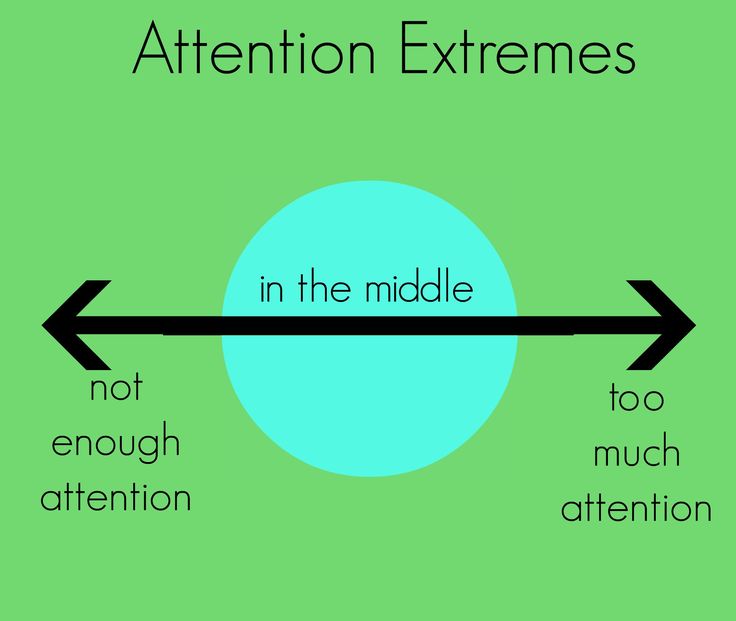 I don't mean that it should be in the nightclub district. It is enough to place some 9 next to it0003
I don't mean that it should be in the nightclub district. It is enough to place some 9 next to it0003
How to Make Money in the New Attention Economy
How to make money in the New Attention Economy Today, the demand of the audience is much more important than the supply of the product, so the most important task when creating your internet millionaire business is to find your audience. Don't make the mistake of thinking about those products first,
Focus of attention
Focus of attention Rich dad, the father of my friend Mike, recommended that I learn to sell, invest in real estate, and learn technical analysis because I was preparing myself for the B and I quadrants. The difference between the left and right sides of the QUADRANT can be seen by analyzing
3.4. Spotlight - SwapClear
3.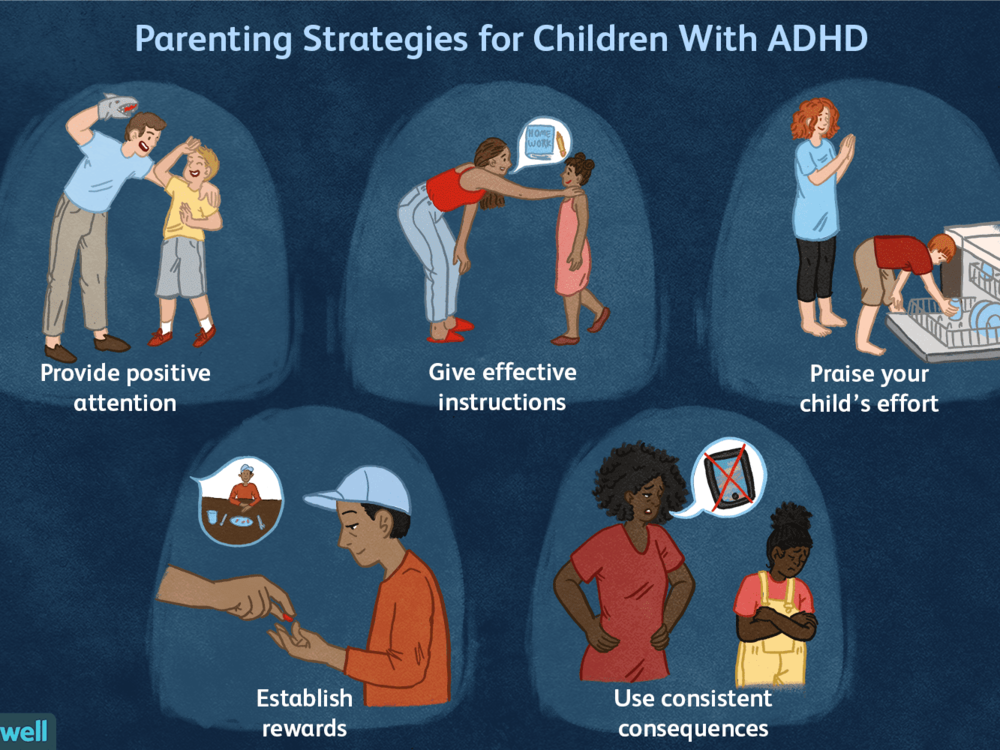 4. Spotlight - SwapClear Although the Lehman Brothers default was unprecedented in its scope and complexity, it was not the first such experience for LCH.Clearnet in London. Prior to that, it had dealt with four defaults, two of which, Drexel Burnham Lambert at 1990 and Baring
4. Spotlight - SwapClear Although the Lehman Brothers default was unprecedented in its scope and complexity, it was not the first such experience for LCH.Clearnet in London. Prior to that, it had dealt with four defaults, two of which, Drexel Burnham Lambert at 1990 and Baring
p. Change in the economic center of gravity of the value of goods
With. Change in the economic center of gravity of the value of goods To know the economic value of goods, i.e., to clarify whether their use value or their exchange value is economic, is one of the most important tasks of economic people.
also depends on this or that answer.Global distraction
Distraction on a global level Chatterbox. Always silent. A. and B. Strugatsky Non-publicity, secrecy is a natural specificity of the activity of global financial networks. Mystery greatly increases strength - and not only the ability to perform sudden actions,
Distribution of attention in communication
Distribution of attention in communication Now that the first steps have been taken, let's take a little broader look at the communication with the client, because it consists of not only joining and various adjustments! It often happens that an experienced sales manager who knows all
Attention
Showing Attention Probably, it is not necessary to explain once again why before you get a job somewhere, you need to learn as much as possible about this organization.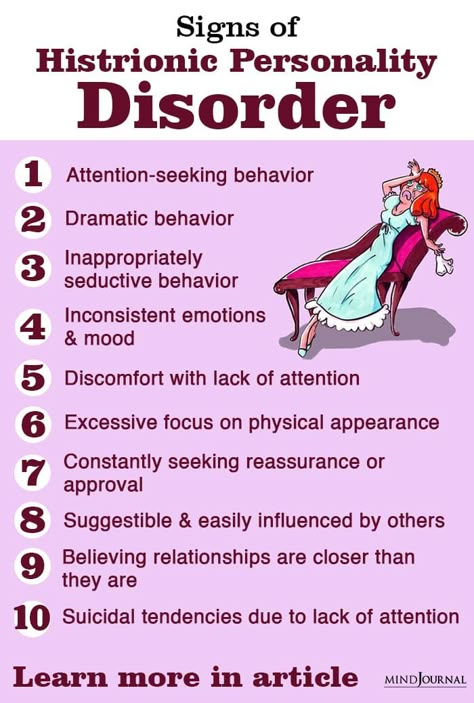 Do not rush into the unknown, as if into a pool of head: the probability of running into is too high
Do not rush into the unknown, as if into a pool of head: the probability of running into is too high
"Spy Scandal": US intelligence agencies in the spotlight, but banks in the shadows
"Spy Scandal": US intelligence agencies in the spotlight, and banks in the shadows The current "spy scandal" associated with the disclosure of data on US intelligence activities in other countries, including allied countries, by former CIA officer E. Snowden, gave impetus to
Attention problem
attention problem Philippe and I met monthly for a year, usually on Monday mornings. Philip is a sociable, friendly person. He understands my dark sense of humor, laughs easily, and is surprisingly candid about his shortcomings as a leader. At
Work from home and telecommuting
Work from home and remote work Employees working from home may be hired as consultants, analysts, designers, programmers, or various administrative jobs. The advantages of this form of work are as follows: •
The advantages of this form of work are as follows: •
5. Pay no attention to diplomas
5. Don't pay attention to diplomas I believe that we as a society are moving away from assessing academic achievement to assessing personal merit. A college degree, for example, is a rather meaningless metric. He only says that a person has
Principles in the center
Principles in the center Another renaissance man, Nicolaus Copernicus (1473-1543), created a new map of the stars, similar to how Columbus developed a new map of the seas. At that time, the theory of the Egyptian astronomer Ptolemy, according to which the Earth was
Clarity requires attention to detail
Clarity requires attention to detail The entrepreneur sees, first of all, the whole picture - a wide range of exciting possibilities.